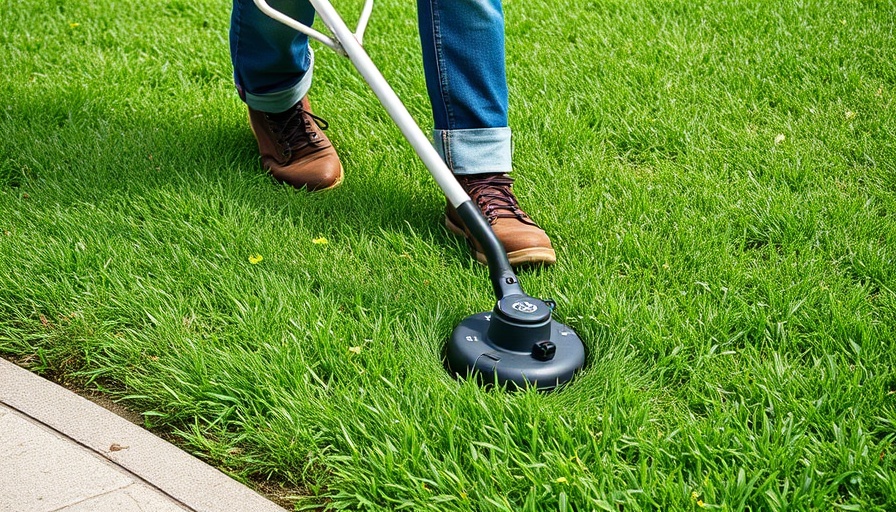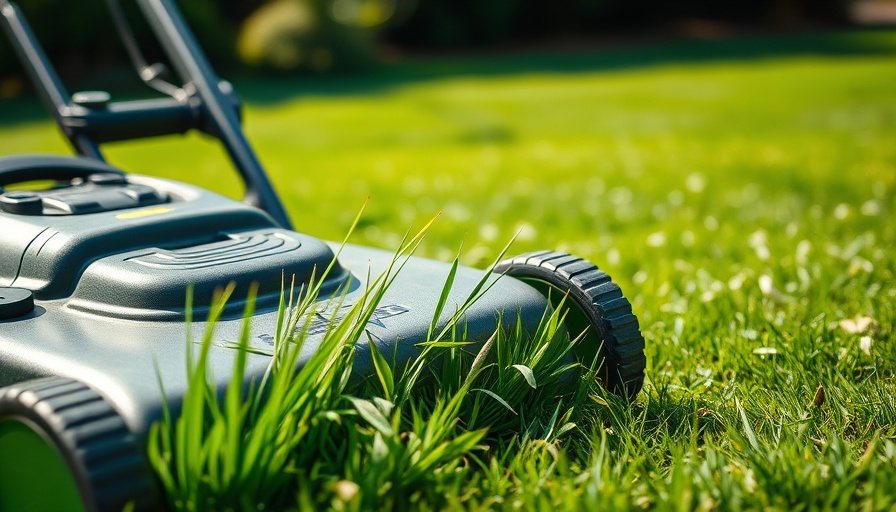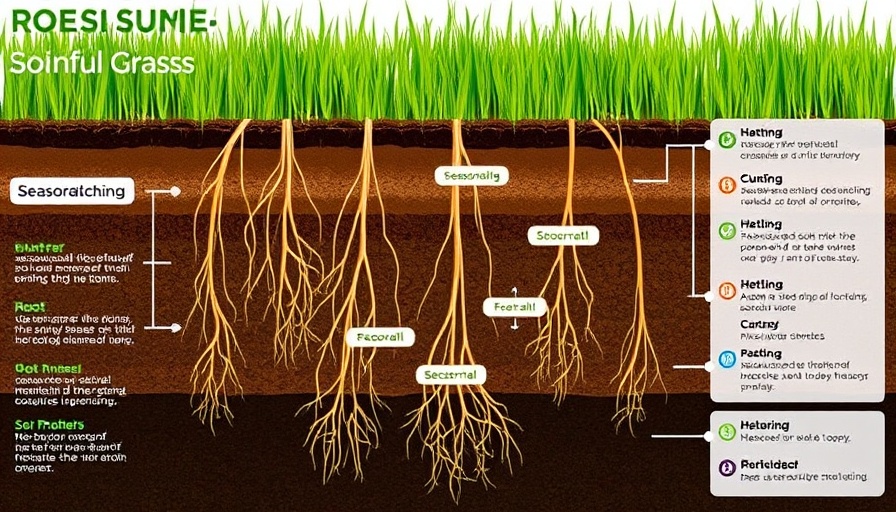
Mastering the Art of Lawn Edging with a String Trimmer
Imagine this: You've just finished mowing your lawn, feeling accomplished, when you notice ragged edges creeping over your flower beds. Instead of reaching for a manual edger, why not make use of your string trimmer to forge clean, crisp boundaries? String trimmers, also known as weed eaters or weed wackers, are remarkably versatile tools that can simplify your yard work in a snap.
Why a String Trimmer is Your Best Ally
Employing a string trimmer for edging can be both practical and time-saving. It allows you to precisely groom the edges of your lawn without the need for multiple tools. Whether you own a gas or electric model, ensuring your trimmer is well-prepared is crucial. Check the fuel level or battery charge before you start, so your trimming session is uninterrupted.
Step-By-Step Guide to Flawless Edging
Let's dive into the steps to achieve those perfectly manicured edges:
Step 1: Gather Materials - Equip yourself with safety glasses, long pants, closed-toe shoes, and work gloves if necessary. Advanced preparations mean you're ready for hassle-free edging.
Step 2: Mow Your Lawn - Mow the lawn beforehand to manage length and enhance visibility, ensuring a crisp and clean edge.
Step 3: Clear the Edging Area - Remove any debris, sticks, or toys that might interfere with the trimmer’s line or your path.
Step 4: Plan Your Edge - For precise edging, marking a line with a garden hose or measuring tape can be helpful.
Step 5: Prepare the String Trimmer - Turn on your trimmer, let the strings reach operating speed, and begin edging at the appropriate angle.
Executing these steps with patience and care results in a neat and polished finish.
Future Lawncare Innovations and Trends
Lawn care is on the brink of a technological revolution, with innovations in tool design and sustainable practices. Future trends may reveal robotic trimmers or IoT-enabled gardening equipment, reducing manual labor and increasing efficiency. Staying informed on these advancements could help you maintain a state-of-the-art garden with ease and minimal effort.
Practical Insights for Avoiding Common Pitfalls
Even seasoned landscapers may face challenges when edging. Common mistakes include trimming too near, which could shorten the grass line too much, or handling the trimmer at the wrong angle, leading to an uneven edge. Approach these pitfalls with learning in mind, as perfecting your technique takes time and practice.
The Emotional Connection to a Well-Maintained Lawn
Beyond the aesthetics, maintaining a tidy lawn can bring a sense of pride and tranquility. Personalizing and nurturing your outdoor spaces fosters an emotional attachment that beautifies your home and enriches your everyday life. Embrace the gratification of a job well done as you gaze across your freshly edged lawn!
 Add Row
Add Row  Add
Add 


 Add Row
Add Row  Add
Add 

Write A Comment